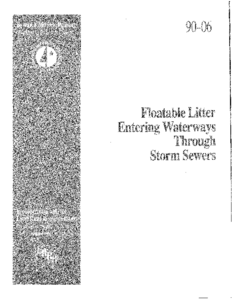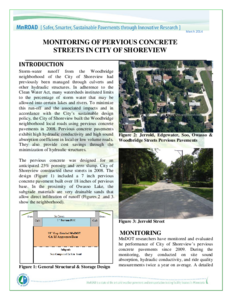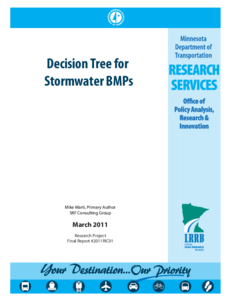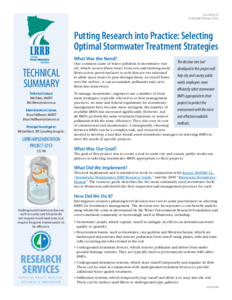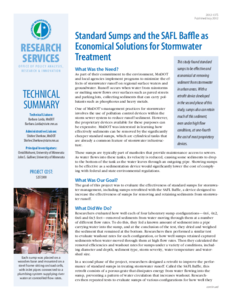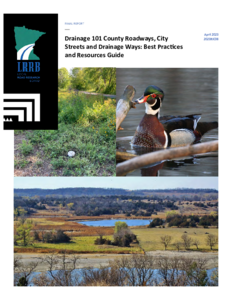Displaying results 1 - 10 of 12
Assessment and Recommendations for the Operation of Standard Sumps as Best Management Practices for Stormwater Treatment (Volume 2)
Date Created
2012
Report Number
2012-13
Description
Assessment and Recommendations for the Operation of Standard Sumps as Best Management Practice for Stormwater Treatment (Volume I)
Date Created
2011
Report Number
2011-08
Description
Decision Tree for Stormwater BMPs
Date Created
2011
Report Number
2011RIC01
Description

